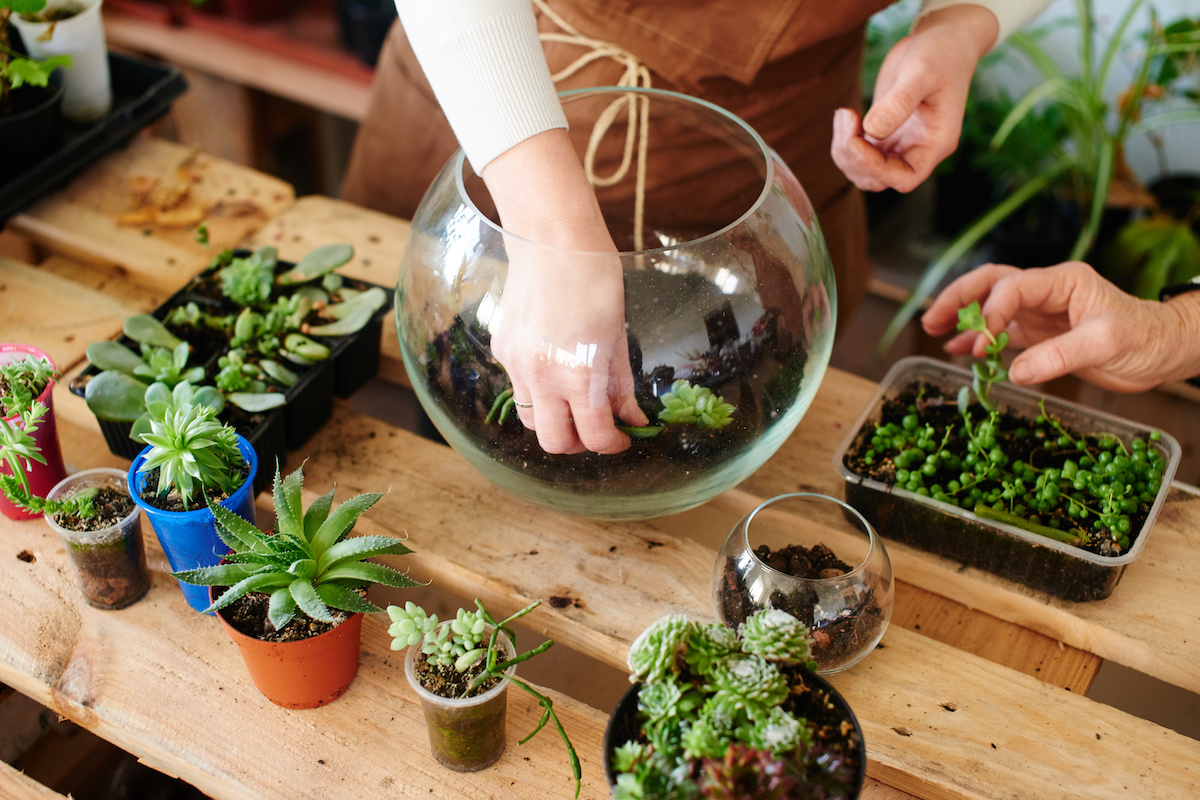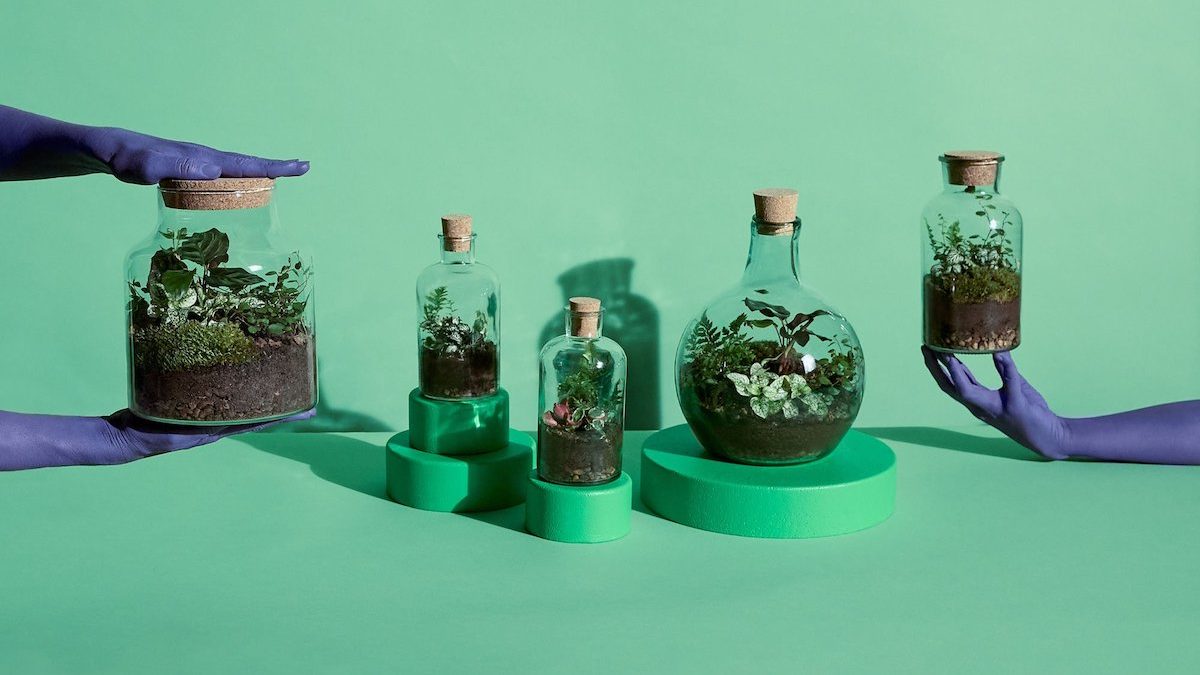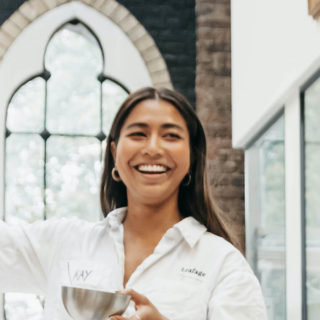A Garden in a Bottle: An Easy Starter Guide To Making Your Own Terrarium

While green space remains at a premium for millions of metropolis dwellers out there, it’s important to find an area for that beneficial greenery in your own home instead. After all, a 2015 study published in the Journal of Physiological Anthropology found that plants in your home or office can make you feel more comfortable, soothed, and natural.
One way to bring these mindfulness-boosting plants into your home without them taking up too much space is by owning a terrarium. “In simple terms, a terrarium is a miniature garden that mimics landscapes inside a glass vessel,” explains Kay Suppamas, founder of Leafage, a London-based brand that runs terrarium making workshops.
You can buy them pre-made pretty easily online, but most terrarium fanatics will tell you the best way to enjoy the hobby is to build one yourself. “Building a terrarium is the perfect opportunity to reconnect with yourself and nature,” says Suppamas, who breaks down some key starting points below to help you create your own mini garden in a bottle.
What Do You Need To Start?
There are two types of terrariums, open and closed, and the best thing about them is that you can use just about any vessel to create your terrarium.
I’d recommend starting with a glass container, pebbles, soil, stones, grit and, of course, plants and moss (Norwegian cushion moss is a favourite). Also, think about adding some activated charcoal to rid the soil of any impurities. You can find all of these in our Leafage DIY Terrarium Kits.
What Plants Are Best To Use?
This depends on which type of terrarium you’re looking to build.
If you’re wanting to create an enclosed tropical terrarium, then humid-loving plants like Fittonia, Fern and Calathea Makoyana are a firm choice. If you’re opting for an open desert terrarium, we’d suggest choosing succulents or cacti.
Maintaining Your Terrarium
You’ll be pleased to know terrariums are super low maintenance, in fact, people often go for a terrarium due to its unkillable nature. All terrariums love a well-lit area with indirect sunlight, so be sure to find the perfect spot for your terrarium to thrive.

Don’t Let Your Plants Wilt
Although they don’t need watering too often, a telling sign they need something to drink is if the plants are starting to wilt. We find watering once every two weeks is a good balance.
Also, remember to grab a pair of aquarium scissors to trim back any weeds, mould or unhealthy-looking leaves that you need getting rid of.
A Wide Neck Will Make Everything A Lot Easier
I would say the main thing is to have fun with it but if we’re getting technical, a good foundation is a necessity. It’s much easier to plant and decorate in containers with a wider neck if it’s your first time. The Leafage blog is filled to the brim with tips, articles and aftercare too.


















